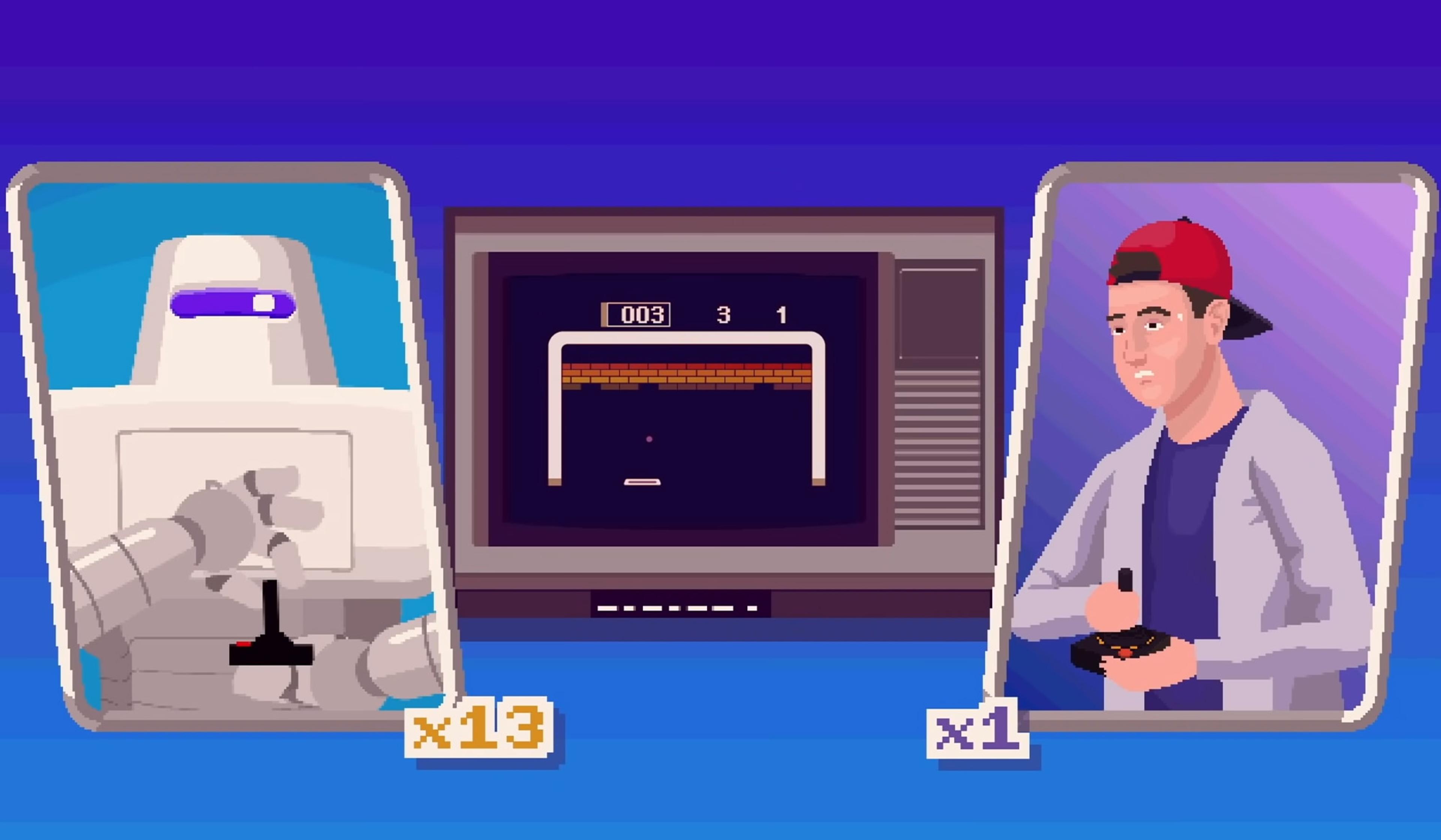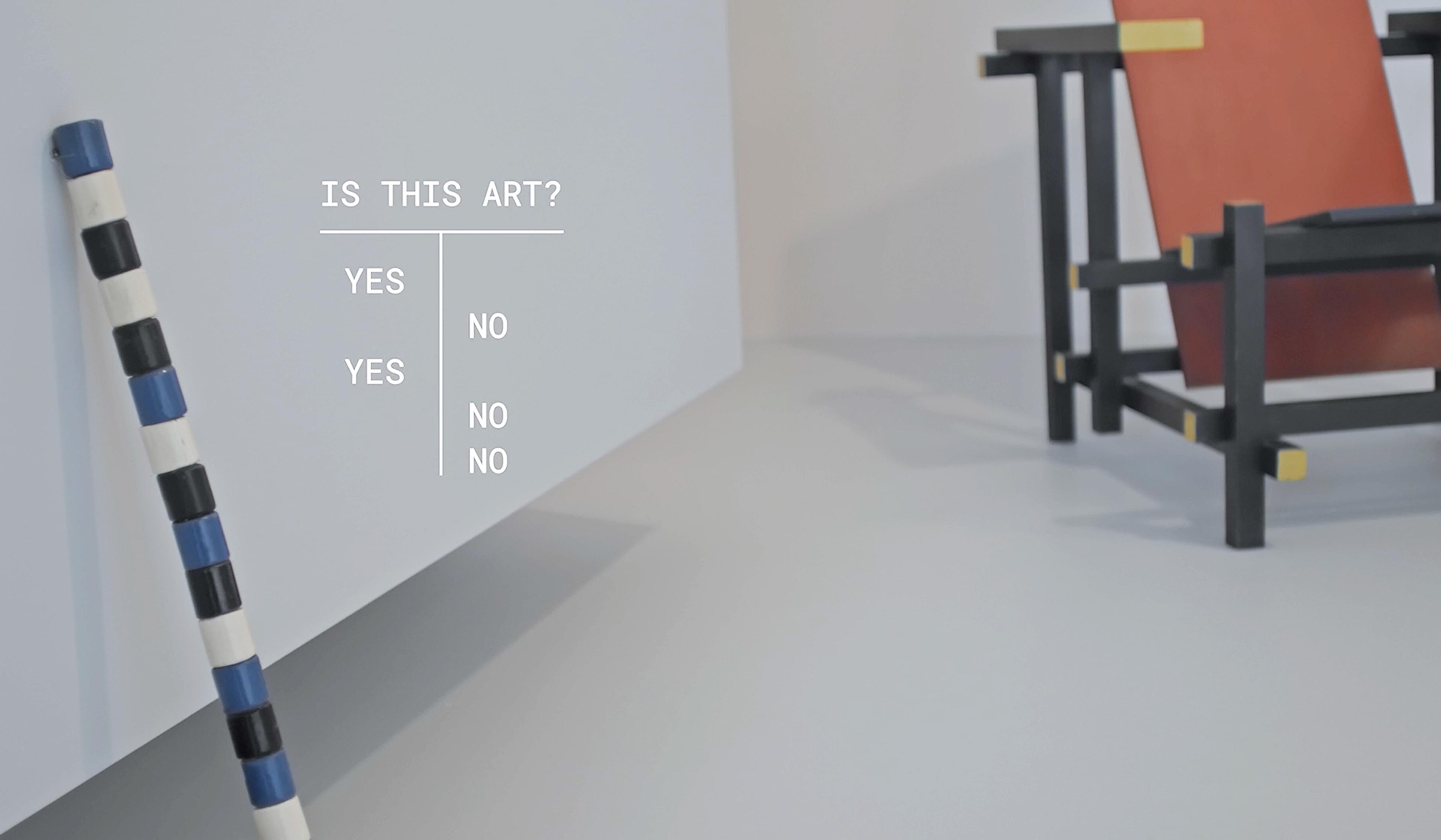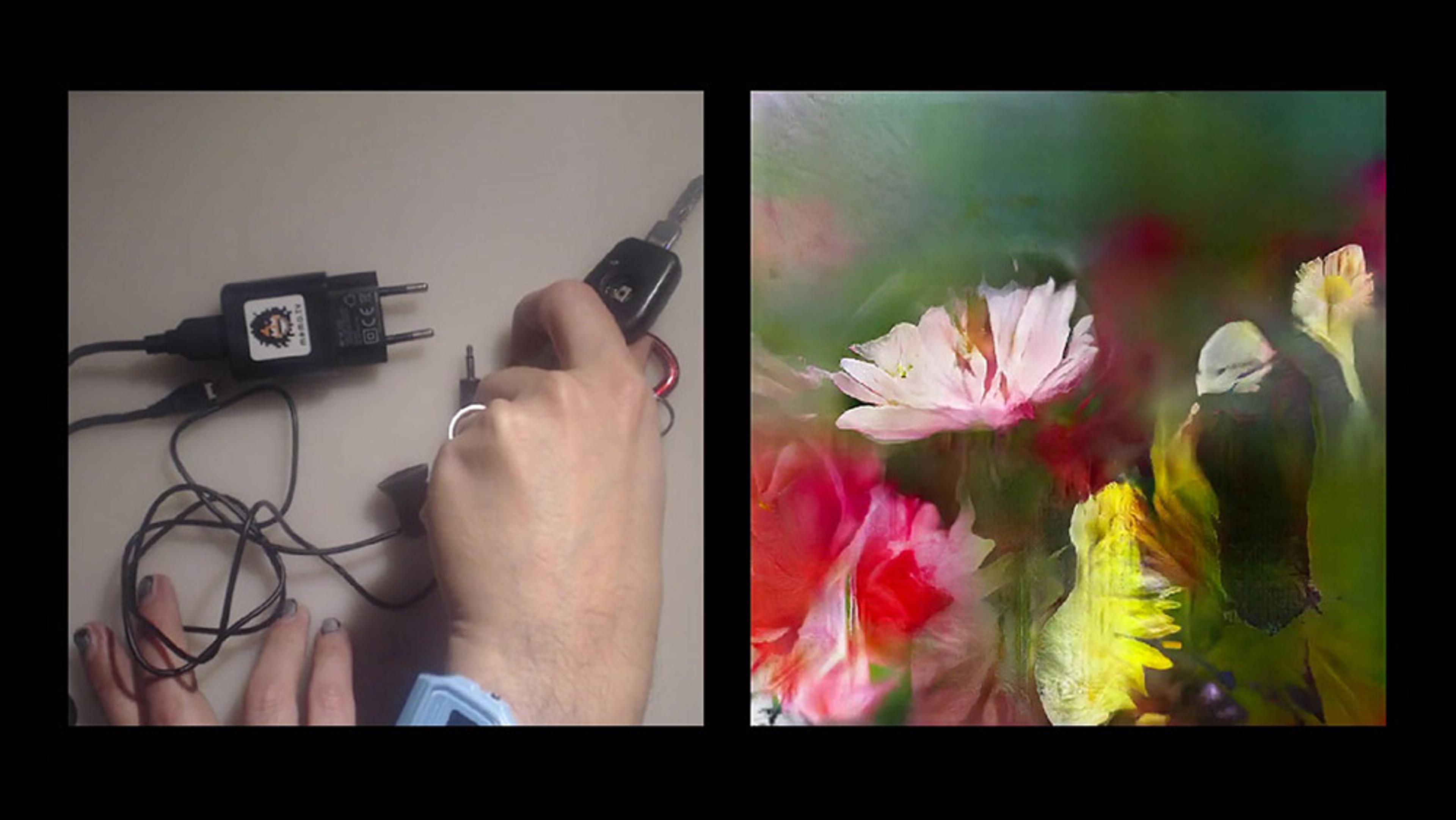Artificial neural networks were created to imitate processes in our brains, and in many respects – such as performing the quick, complex calculations necessary to win strategic games such as chess and Go – they’ve already surpassed us. But if you’ve ever clicked through a CAPTCHA test online to prove you’re human, you know that our visual cortex still reigns supreme over its artificial imitators (for now, at least). So if schooling world chess champions has become a breeze, what’s so hard about, say, positively identifying a handwritten ‘9’? This explainer from the US YouTuber Grant Sanderson, who creates maths videos under the moniker 3Blue1Brown, works from a program designed to identify handwritten variations of each of the 10 Arabic numerals (0-9) to detail the basics of how artificial neural networks operate. It’s a handy crash-course – and one that will almost certainly make you appreciate the extraordinary amount of work your brain does to accomplish what might seem like simple tasks.
Why artificial neural networks have a long way to go before they can ‘see’ like us
Video by 3Blue1Brown

videoHuman evolution
Can a tiny slice of mouse brain help us understand the complex human mind?
3 minutes

videoComputing and artificial intelligence
Teaching an AI to beat video games still takes human imagination
5 minutes

videoComputing and artificial intelligence
Why large language models are mysterious – even to their creators
8 minutes

videoComputing and artificial intelligence
Machine learning is important, but some AIs just want to have fun
57 minutes

videoComputing and artificial intelligence
A scientist’s poor eyesight helped fuel a revolution in computer ‘vision’
9 minutes

videoArt
What does an AI make of what it sees in a contemporary art museum?
15 minutes

videoComputing and artificial intelligence
A neural network that keeps seeing art where we see mundane objects
3 minutes

videoCognition and intelligence
Leaping from firing neurons to human behaviour is tempting, but it’s a perilous gap
3 minutes

videoComputing and artificial intelligence
A future in which ‘artificial scientists’ make discoveries may not be far away
9 minutes